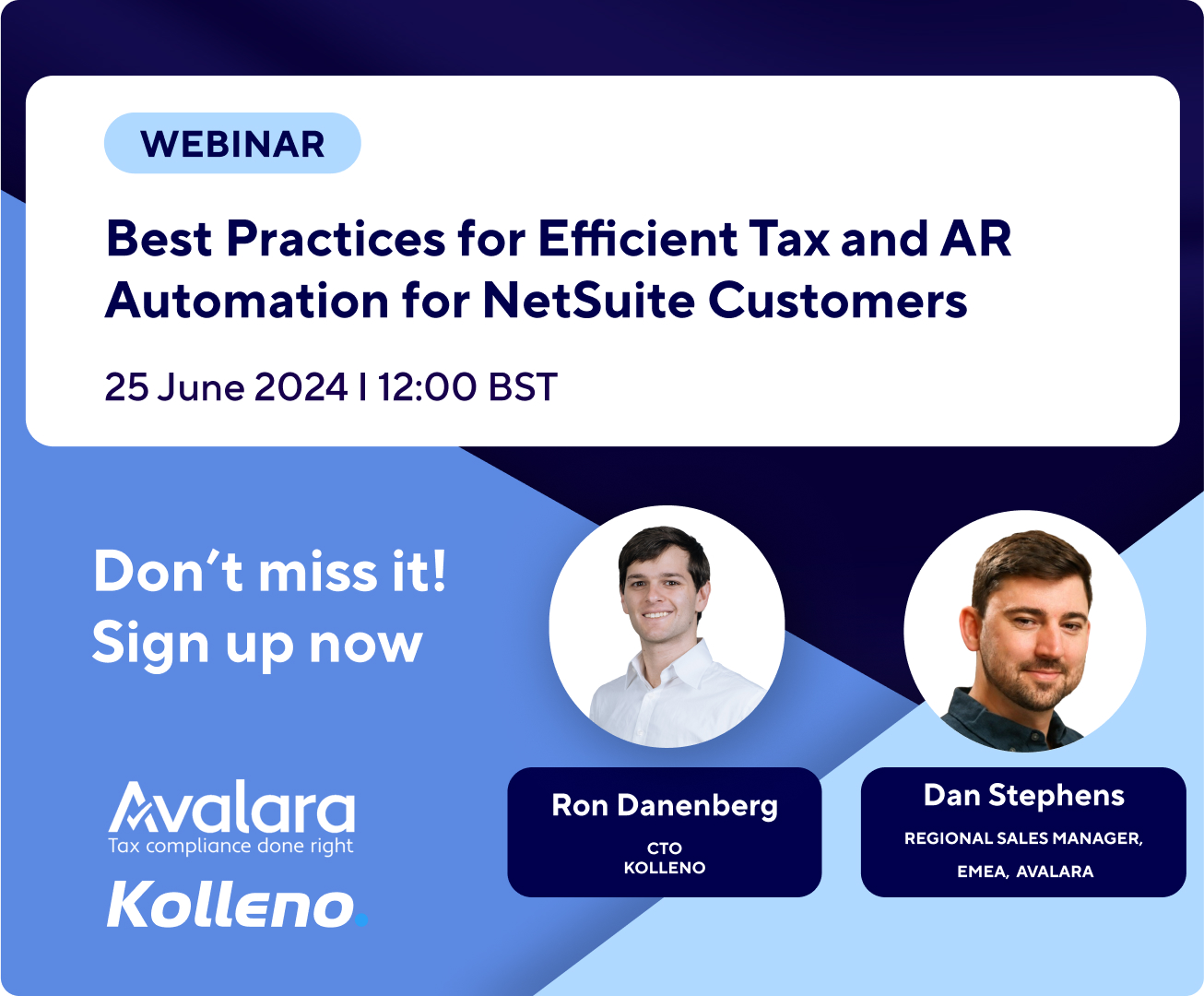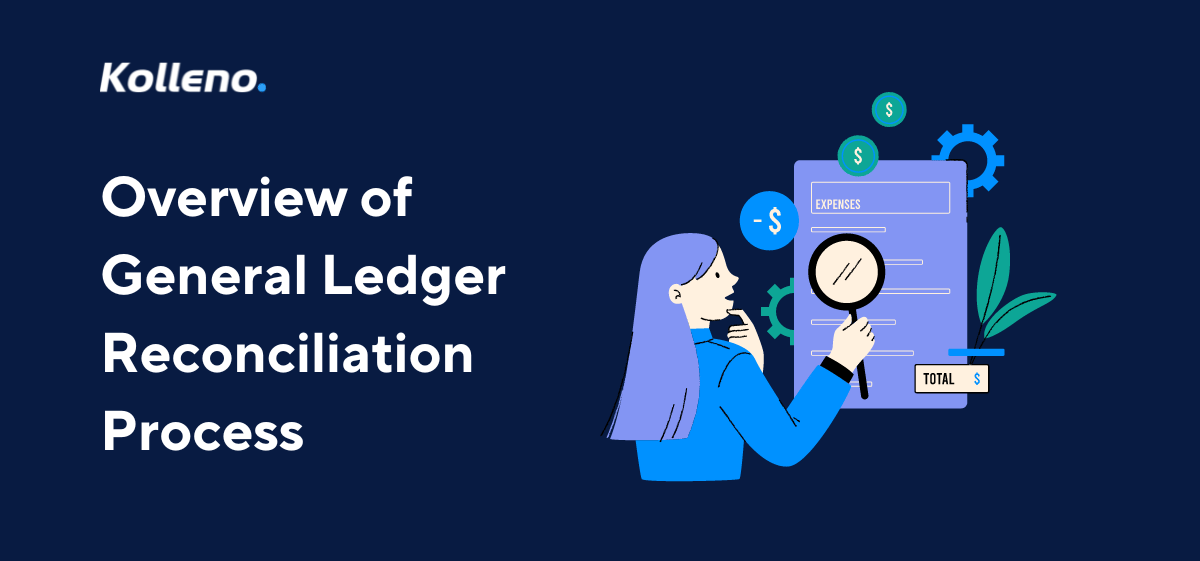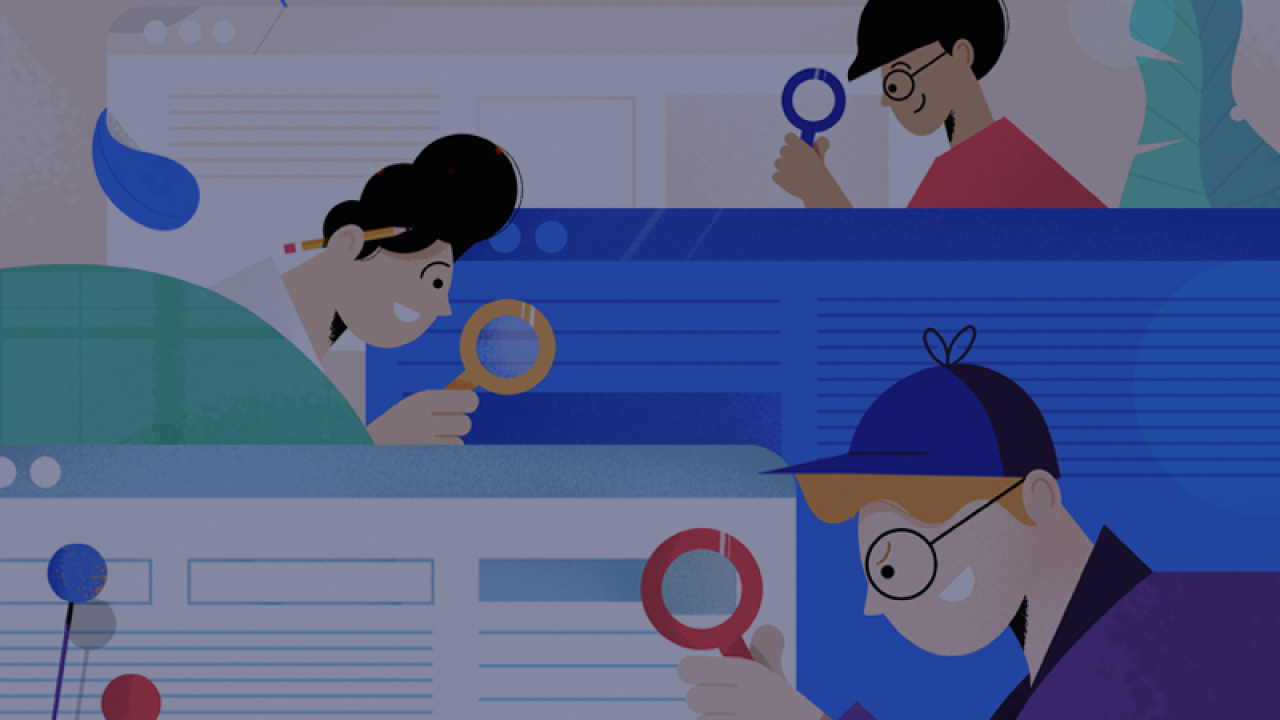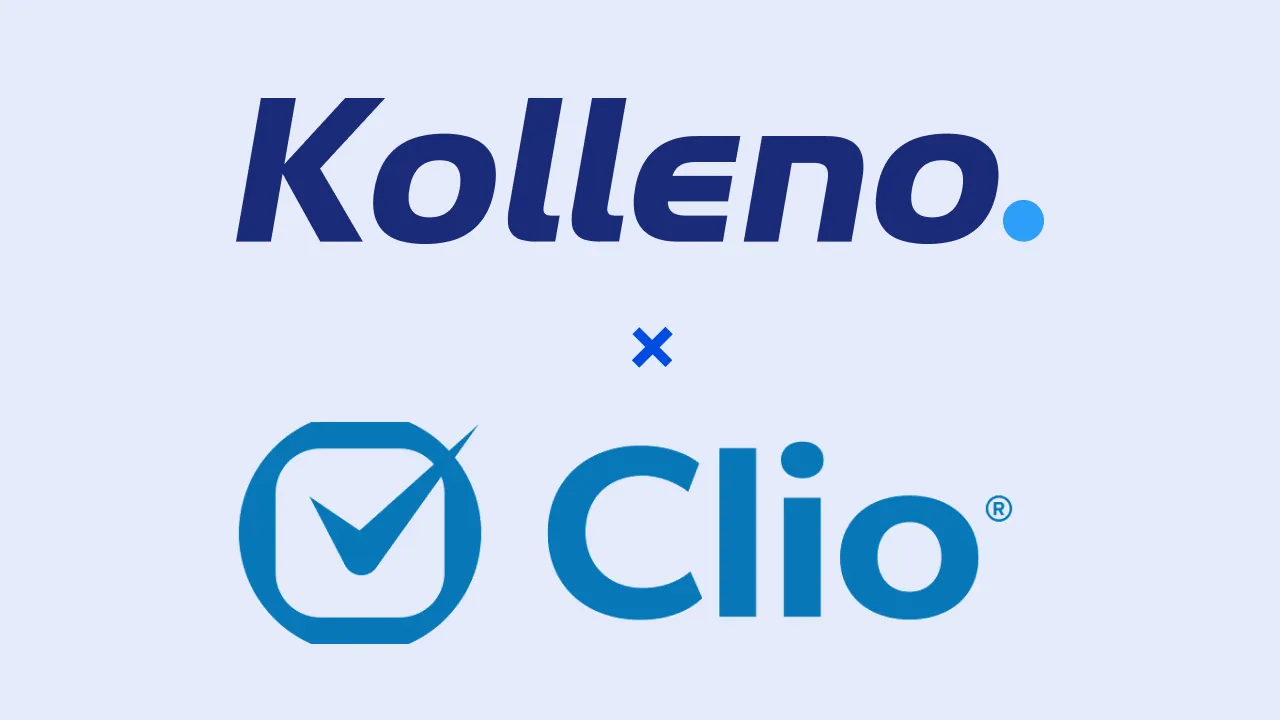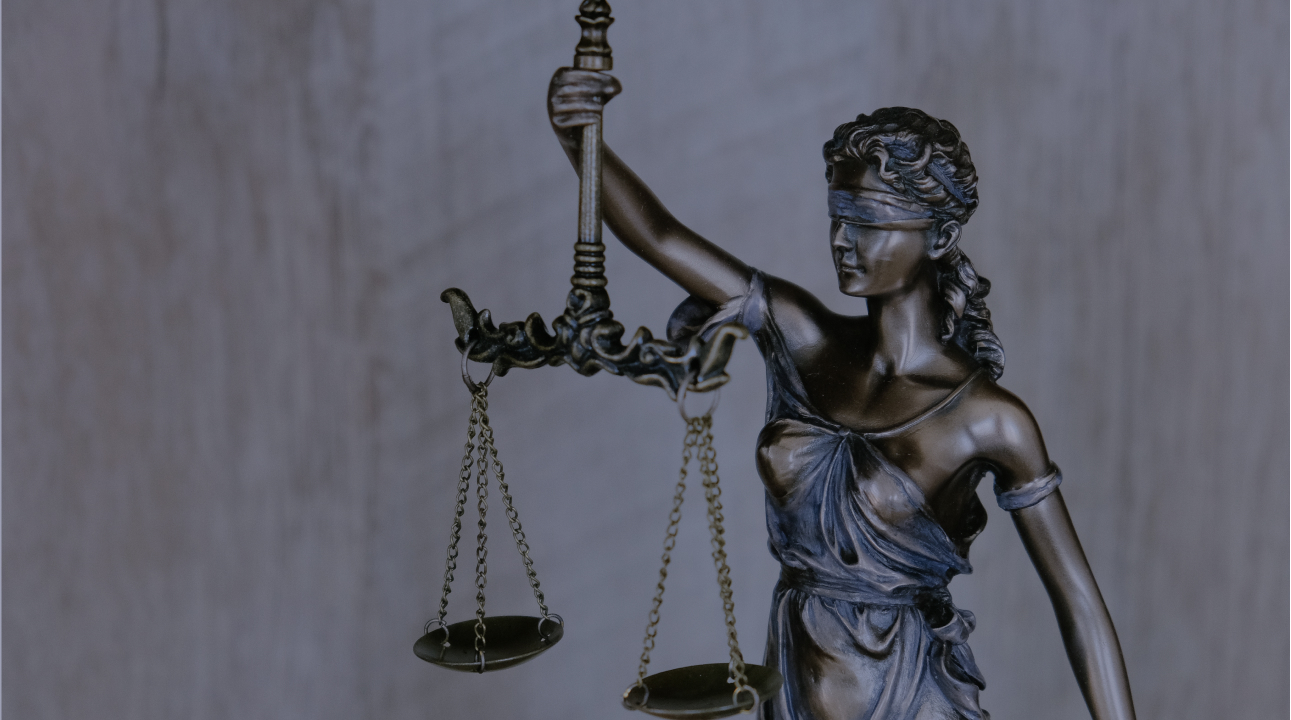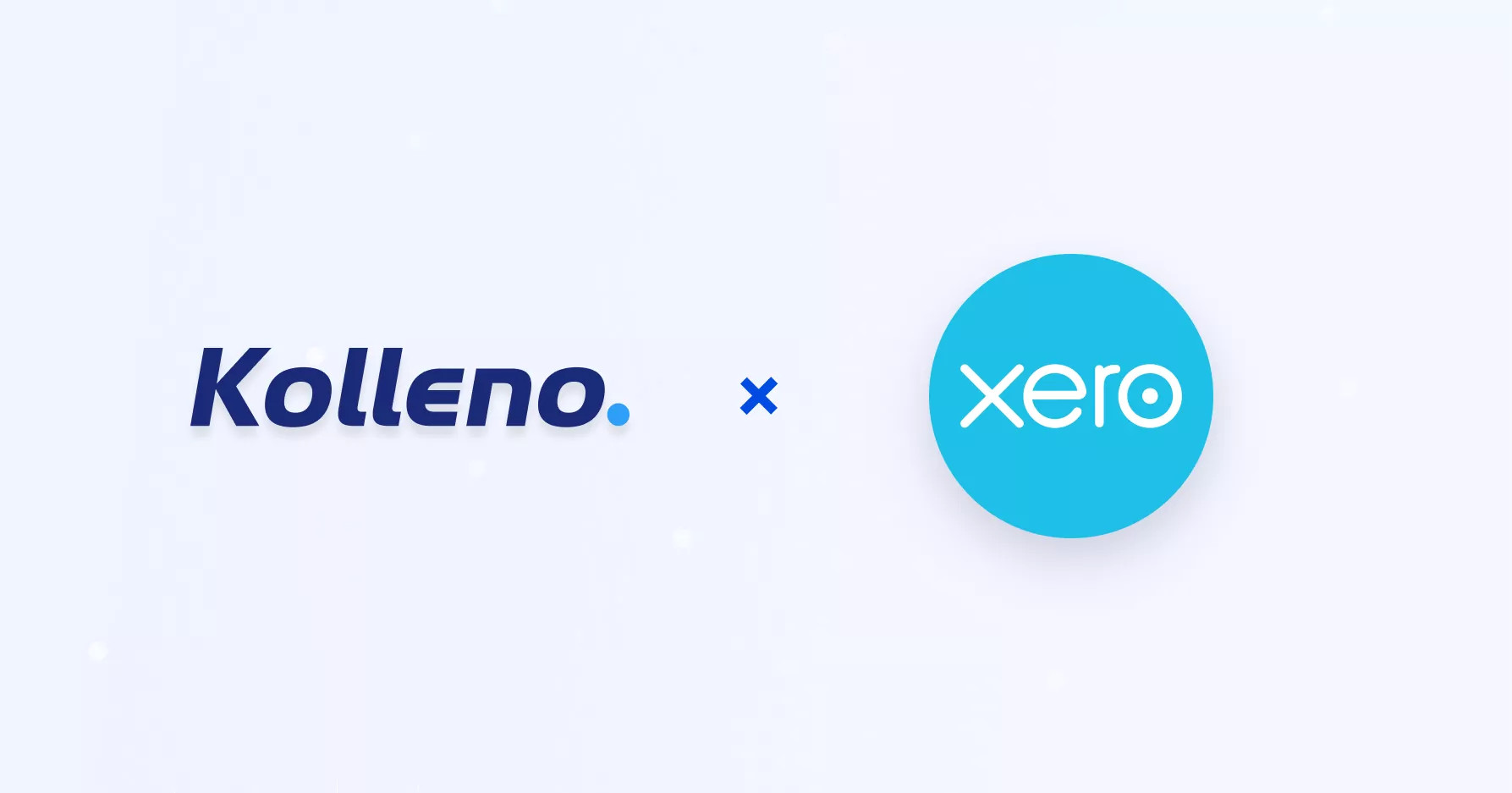Key Points
• It is fairly common for company owners to utilise a general ledger to keep a record and monitor the firm’s financial activities. This is because the general ledger acts as a centralised platform for the management to track their financial transactions and thereby assess the performance of their business.
• The reconciliation of the general ledger is a typical accounting feature that is performed by finance professionals to determine if there may be any documentation mistakes or fraudulent transactions occurring within the company.
• The process of general ledger reconciliation usually involves these few steps, namely the beginning balance investigation, the current period investigation, the reviewing of any adjustments and reversals made, as well as the ending balance review.
• All in all, reconciling the general ledger permits company leaders to gain a high-level overview of the business’s financial traction, thereby enabling them to measure the firm’s overall financial health with respect to their efforts and corporate strategies.
The general ledger reconciliation process is one of the main procedures that a company performs to ensure that the business sustains a timely and truthful bookkeeping process. This is an important process because possessing a reconciled general ledger that is completed according to the International Financial Reporting Standards (IFRS) or Generally Accepted Accounting Principles (GAAP) rules forms the basis for business owners to gain an in-depth understanding of the firm’s financial performance. Not to mention, the general ledger reconciliation procedure is also an excellent method to help finance professionals identify errors or even pinpoint fraudulent financial transactions.
Having mentioned that, Kolleno is a smart credit control platform crafted to streamline every single aspect of the general ledger reconciliation process via automation. In particular, Kolleno’s account reconciliation software also introduces systematic controls to the general ledger reconciliation procedure, thereby ensuring that the firm employs a methodological approach to its bookkeeping process.
What is a General Ledger?
Simply put, a general ledger can be defined as an accounting record compiling every financial activity that has taken place during a business’ operations. It comprises financial transactions that have been added to the company’s books in the form of journal entries, in which these entries are raw data documenting the basic details of the business transactions and are arranged in chronological order. Besides that, the general ledger accounts may also be organised by their accounting periods or account balances.
Meanwhile, the general ledger also arranges the transactions according to their respective accounts to streamline the analysis process. Generally speaking, general ledgers would have accounted for a total of five different categories, namely equity, asset, liability, expense, and revenue/income. On top of that, each category may be further segmented based on the type of transaction it is associated with, whereby these individual accounts are termed “sub-ledger accounts” or “sub-ledgers”. For instance, the asset category may have an account receivable sub-ledger, a cash sub-ledger, an inventory sub-ledger, as well as a fixed asset sub-ledger. As a result, the general ledger enables accountants and company owners to make educated decisions for the business as they would be able to view the transactions arranged based on their nature.
With these in mind, it becomes increasingly evident that the general ledger serves as a master document for analysts to generate other types of accounting reports like the three main financial statements, namely the profit and loss statement, the balance sheet, as well as the cash flow statement.
Notable Examples of General Ledger Accounts
All in all, general ledger accounts would be separated into one out of five general categories, namely:
• Asset accounts: Examples of such would be cash, inventory, accounts receivable, land, investments, and equipment.
• Liability accounts: Typical examples would be accounts payable, notes payable, accrued expenses payable, and customer deposits.
• Expense accounts: Notable expenses include rent, salaries and wages, utilities, and advertising/marketing expenses.
• Equity accounts: These usually refer to financial activities involving third-party investors, with popular examples being common stock, retained earnings, preference shares, and treasury stocks.
• Revenue accounts: Common examples are sales, ancillary, or service fee revenue.
How Does a General Ledger Differ from a Balance Sheet?
Crucially, the general ledger should never be viewed as an official report of the company’s performance but rather as a set of raw data that accountants utilise to provide useful business reports. By the end of the firm’s accounting period, the data stored in the general ledger will be segmented, consolidated, and compartmentalised to internal documents (such as trial balances) and external reports (such as the cash flow statement, balance sheet, and income statement).
What is a General Ledger Reconciliation?
A general ledger reconciliation is a process by which accountants verify the completeness and reliability of the account balances recorded on the general ledger of a firm by checking the details against other third-party data, systems, and/or supporting papers like audit reports and bank statements. On top of that, the reconciliation process also involves the in-depth examination of the company’s general ledger for any unusual transactions or discrepancies so that appropriate actions can be taken to rectify them.
All in all, the general ledger reconciliation procedure is an essential element of the financial closing process that businesses must undergo before officially releasing their financial information to the general public via the publication of the firm’s financial statements.
What Are the Common Types of General Ledger Reconciliations?
There are three main types of general ledger reconciliation processes, beginning with:
Customer Reconciliations
Simply put, this involves the company verifying its account balances with its customers by studying what the team has been invoicing the clients, followed by comparing those figures with the outstanding accounts receivable balance documented in the firm’s general ledger. Besides that, the company may also reach out to their previous customers to get a double confirmation on their balance.
Bank Reconciliations
This process involves the company conducting a reconciliation process with its bank by checking the information in its general ledger with the bank reports, whereby such reports may include the bank statement, investment reports, mortgage statement, credit card statement, loan statement, or any other relevant third-party documentations.
Vendor Reconciliations
Alternatively, the company may also opt for requesting past invoices and/or reports from the vendors it has worked with to determine if the accounts payable balance recorded in the firm’s general ledger matches the vendor’s own records.
What Does the General Ledger Reconciliation Process Comprise Of?
The process of reconciling the company’s general ledger often occurs at the end of a financial reporting period. This usually begins with accountants reviewing each account monitored in the general ledger and checking that the balance recorded in it is comprehensive and reliable. Moving forward, the accountants complete the entire reconciliation process by performing these steps:
Gather Important Information Regarding the General Ledger Account
In essence, the first step for all general ledger reconciliation preparation processes will be to obtain the essential data regarding the general ledger account that the company intends to reconcile. For the majority of reconciliations, the accountant will require the balance of the general ledger account as of the period-end data, which is also termed the “ending balance”. Besides that, based on the specific account type, the finance professional might also need to know the financial activities that took place during that accounting period, meaning the details of credits and debits made to that particular account.
Get The Ending Account Balances Reconciled to The Supporting Documents
Once the accountant has collected all the necessary information regarding the account balances, the following step would be to compare the account balance of that general ledger with the data gathered from independent sources, third-party systems, and/or any other relevant paper works like credit card statements and bank reports. Overall, this is a vital component of the general ledger reconciliation procedure, as the accountant needs to substantiate the account balances in the firm’s general ledger.
Look Into Any Identified Discrepancies
There may be situations where there are discrepancies discovered between the supporting documents, and account balances of the company’s general ledger and/or accountants find out the account balances could not be substantiated at all. Should this happen, this means that the accountants will need to conduct some studies, examine, and make the necessary amendments to address these issues.
In particular, some of the notable causes for discrepancies within a firm’s financial records would include differences in the time at whereby the transactions were recorded, the presence of missing financial transactions, human error, and many more. Moreover, not every discrepancy would equate to a mistake in the general ledger account balance. Thus, it is crucial for accountants to thoroughly inspect the root cause behind each inconsistency before taking any drastic action.
Get Ready to Adjust Any Journey Entries Whenever Appropriate
In the future, if the accountant has confirmed that a corrective journey entry is compulsory, they would need to prepare then a journey entry with all of its errors eliminated.
Last but not least, the entire general ledger reconciliation procedure, including every adjustment made to any journal entries as well as investigations of any identified discrepancies, will be fully noted, with all of these reports stored in a secured database for future auditing purposes. Therefore, this essentially summarises the general ledger reconciliation process, which is an obligatory step that all firms need to undergo prior to the publication of their financial statements for the general public’s review.
The Advantages of Conducting a General Ledger Reconciliation
Performing a general ledger reconciliation is a vital step during the financial closing protocol to make sure that the general ledger and financial statements are all-inclusive and trustworthy because this exercise is designed to elevate the company’s accuracy in financial reporting.
In essence, the reconciliations and adjustments should offer greater confidence to the management as well as third-party stakeholders that the data captured and reported ending balances are true to their nature since the account balances have been substantiated with the appropriate evidence. Furthermore, should any inconsistencies be spotted during the reconciliation procedure, they can be properly examined and rectified before any further step is taken. Not to mention, every single adjustment made to any journey entry would be have thoroughly documented, which in turn, improves the accuracy of the published financial reports.
Typical Mistakes Made During the General Ledger Reconciliation Process
Especially for first-time business owners, learning to reconcile all of your account balances within the general ledger might require some time for you to get accustomed to. However, once the company has established a methodological system for this process, the entire exercise is much more likely to proceed smoothly with every reporting period. Regardless, there remain a number of areas that all accountants will need to keep a lookout for whenever they are conducting general ledger reconciliations monthly, quarterly, or yearly.
Delayed or Missed Reconciliations
Although it is not entirely doom and gloom if the company were to finalise their general ledger reconciliation a couple of days behind schedule, though if they happen to do so, it is imperative that the management reviews the correct reports. Nevertheless, in the majority of cases, using automated accounting software would be the simplest solution as it allows accountants to set the timeframe they hope to review.
Errors in Journal Entries
Whenever a manual entry is introduced to the company’s general ledger, there is always a probability that a human error will be made. For instance, common mistakes may include a credit account may be posted as a debit, having some numbers accidentally transposed, keying in the wrong coding, or having duplicate journal entries. Given that such incidences are genuinely inevitable, it is critical to ensure that accountants consistently double-check for minor mistakes such as these whenever they are reconciling the account balances in the general ledger.
Why Should Companies Consider Automating Their General Ledger Reconciliation Process?
The process of reconciling the general ledger is often an extremely time-consuming practice as the required information to do so is usually stored across numerous sources and needs to be reviewed side-by-side. As a result, the efficiency of the manual general ledger reconciliation process is generally sub-optimal. Without utilising an automated software solution, this typically suggests that the company has to spend a large amount of time and human resources searching for the source documents and analysing them line by line. Nevertheless, with the power of technology now readily available on the internet, accountants can employ automation to streamline the entire procedure for the better.
All in all, top-quality general ledger reconciliation software may allow accountants to import all required data from every system, such as the enterprise resource planning (ERP) systems, bank statements, credit statements, the general ledger system, as well as any other third-party sites. On top of that, the software can help to automatically compare the information and certify it once the system has verified that the data between both sources match. Meanwhile, should the data presented show any inconsistencies, the software will immediately pinpoint them and alert the finance department for further investigation. That way, the accountants may spend their working hours focusing on high-value work and only handle the general ledger reconciliation process whenever an additional examination becomes necessary. In short, whether it is from importing to storing financial data or from creating audit trails to customised financial reports, the automated accounting software will be able to accomplish them all.
With that said, Kolleno is a smart credit control software that allows accounting professionals to streamline their general ledger reconciliation process. Its all-in-one platform offers a vast range of applications to simplify the process. From providing reconciliation templates to storing every applicable policy for an individual’s preference, fret not, as Kolleno has it all.
Concluding Thoughts
Conducting a reconciliation of the firm’s general ledger is not an optional exercise if the business owner intends to elevate the financial status of the company. As a matter of fact, this process is an absolute necessity as not only will this practice confirm the accuracy of the company’s financial statements, but it will also help the management prevent any unintentional errors or even fraudulent transactions from taking place. Consequently, once the firm’s leadership possesses updated and error-free details about the business, they would thereby be in a stronger position to make much more practical decisions.
On that note, the general ledger reconciliation procedure may be simplified and performed more accurately using automated accounting software such as Kolleno. In particular, Kolleno is a smart credit control platform designed to aid accountants in conducting systematic and reliable general ledger reconciliation exercises. With its software able to generate reader-friendly reports and seamlessly integrate financial data, there is nothing that finance professionals would not be able to do with the help of Kolleno when it comes to performing general ledger reconciliations.
Frequently Asked Questions (FAQs)
What is a General Ledger Reconciliation?
A general ledger reconciliation is a procedure conducted by accountants to determine the trustworthiness of the account balances documented on the general ledger of a company. In essence, the process involves the comparison of data between the company’s general ledger account balances and other third-party data, independent systems, or supporting documents like bank statements or spending reports as part of ensuring that the account balance details are comprehensive and reliable.
Why Is the General Ledger Important?
Generally speaking, the general ledger has a number of purposes for the company. Firstly, the general ledger aids accountants in their preparation of a trial balance, helping them to ensure that all credits and debits balance out. Meanwhile, the general ledger also assists accountants in spotting errors, suspicious financial activities, and fraudulent transactions. As a result, this single source of truth helps the company to make the necessary adjustments to correct any mistakes. Not to mention, the general ledger is particularly crucial as it permits the firm to generate financial reports such as the balance sheet and income statement, thereby providing complete information for managers, finance professionals, and external investors to make educated decisions about the company and its performance.
How Do You Balance a General Ledger Account?
Simply put, balancing a general ledger account involves the subtraction of the total debits from the total credits. In specific, every debit account must be placed on the left side of a general ledger, whereas the credit accounts are to be entered on the right-hand side. Thus, for the general ledger to balance, both debit and credit have to be equal.
Video
- Key Points
- What is a General Ledger?
- Notable Examples of General Ledger Accounts
- How Does a General Ledger Differ from a Balance Sheet?
- What is a General Ledger Reconciliation?
- What Are the Common Types of General Ledger Reconciliations?
- What Does the General Ledger Reconciliation Process Comprise Of?
- The Advantages of Conducting a General Ledger Reconciliation
- Typical Mistakes Made During the General Ledger Reconciliation Process
- Why Should Companies Consider Automating Their General Ledger Reconciliation Process?
- Concluding Thoughts
- Frequently Asked Questions (FAQs)
- Video
